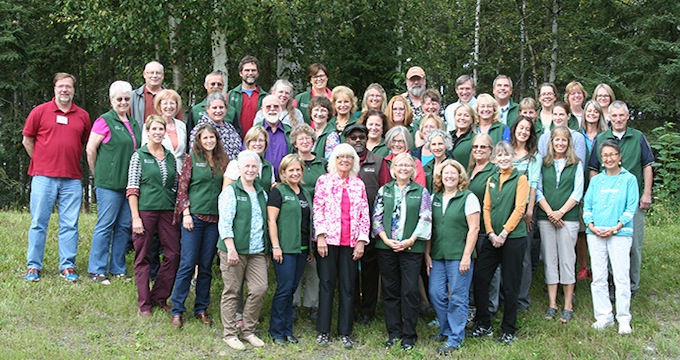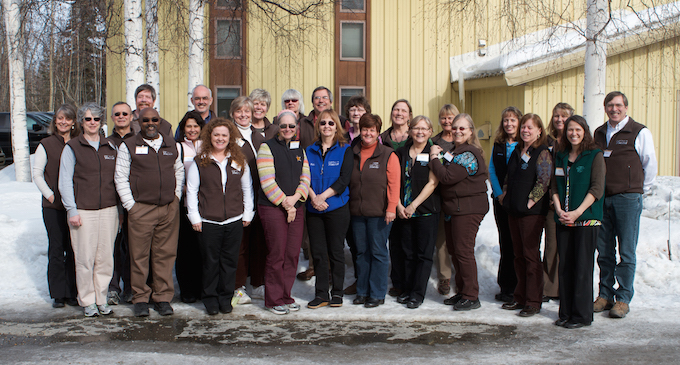About ASMP
Program history
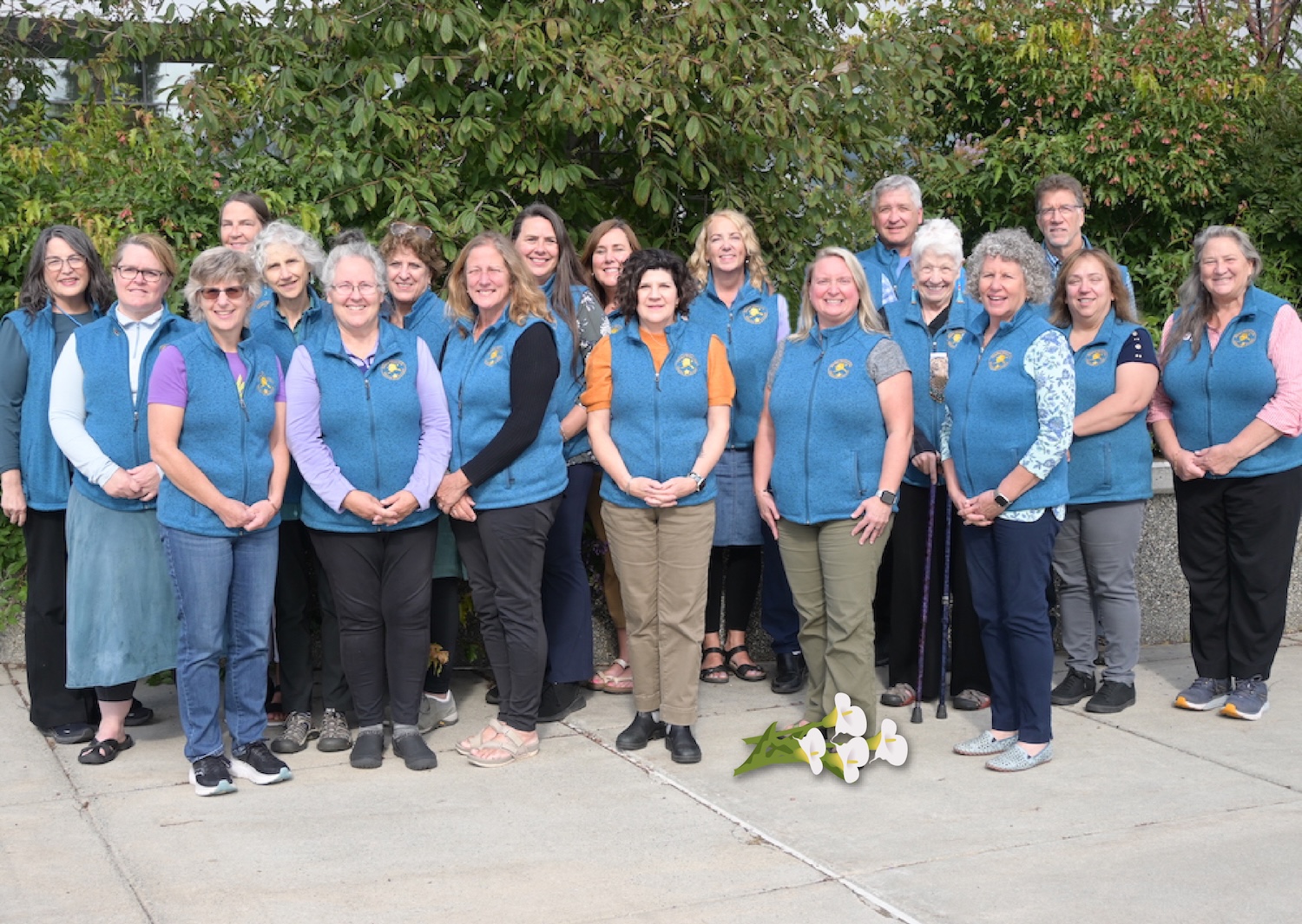
Left to right: Sharon Attla, Gretchen Matiatos, Sarah Ellis, Sue McIntosh?, Liz Will, Donna Levesque, Beth Hartley, Lynn Weckesser, Christine Zelinsky, Anna Caladera, Lynn, Mayberry-Burke, Lesa Meath, Liane Ryan, Michael Kernin, Martha Gould-Lehe, Dawn Wilcox, Angela Pirtle, Cheryl Childers
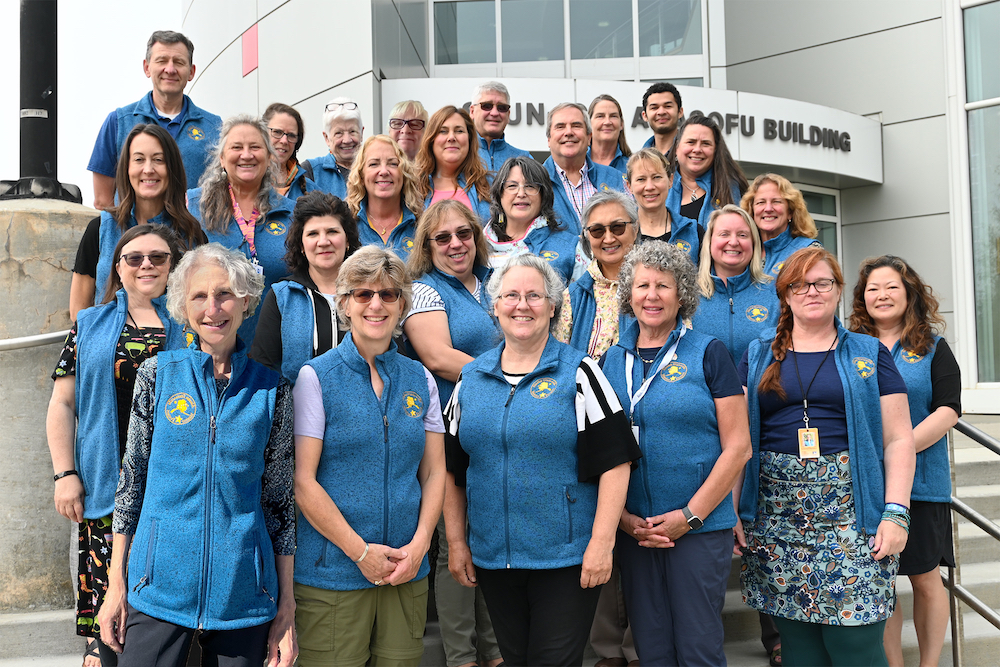
Mentors, Administration and Staff gather for Start-Up on the UAF campus.
- Front row (left to right): Liz Will, Sarah Ellis, Donna Levesque, Dawn Wilcox, Gretchen Matiatos
- Second row: Fawn Jelinek, Lynn Mayberry-Burke, Angela Pirtle, Abby Augustine, Liane Ryan, Keiko Herrick
- Third row: Glenday Findlay, Cheryl Childers, Lesa Meath, Sharon Attla, Marcy Farris, Lynn Weckesser
- Fourth row: Mikolas Bekeris, Marie Russell, Jan Littlebear, Pat McDonald, Anna Caladera, Mike Kernin, Hal Neace, Sue McIntosh, Sean Rover, Christine Zelinsky
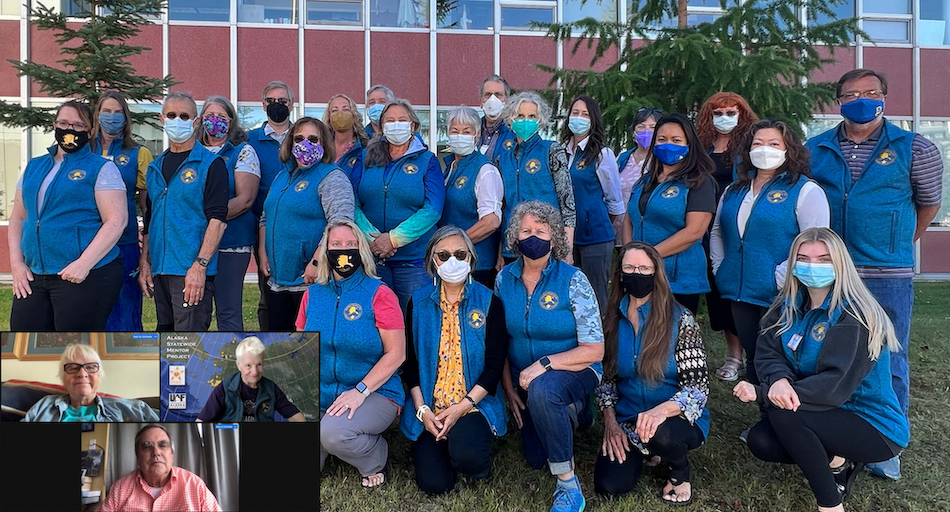
Mentors, Administration and Staff gather for Start-Up on the UAF campus.
- Front row (Kneeling): Liane Ryan, Abby Augustine, Dawn Wilcox, Marie Russell and staff Amara Froese.
- Back rows (Left to Right): Gretchen Matiatos, ASMP Program Manager Sue McIntosh, Ed Sotelo, Georgia Tompkins, Bob Williams, Angela Pirtle, Lesa Meath, Michael Kernin, Cheryl Childers, Martha Gould-Lehe (Cultural Professional Development Staff ), Bill Noomah, Liz Will (Mentoring Professional Development Staff ), K-12 Outreach Director Glenda Findlay, Sharon Attla, Fiscal Operations Mary Jo Skaggs, Joon Cross, Lead Researcher Keiko Herrick, Travel Coordinator Craig Baldwin.
- Pictured on Remote Video: Pat McDonald, Jan Littlebear (Cultural Professional Development Staff), and Hal Neace.
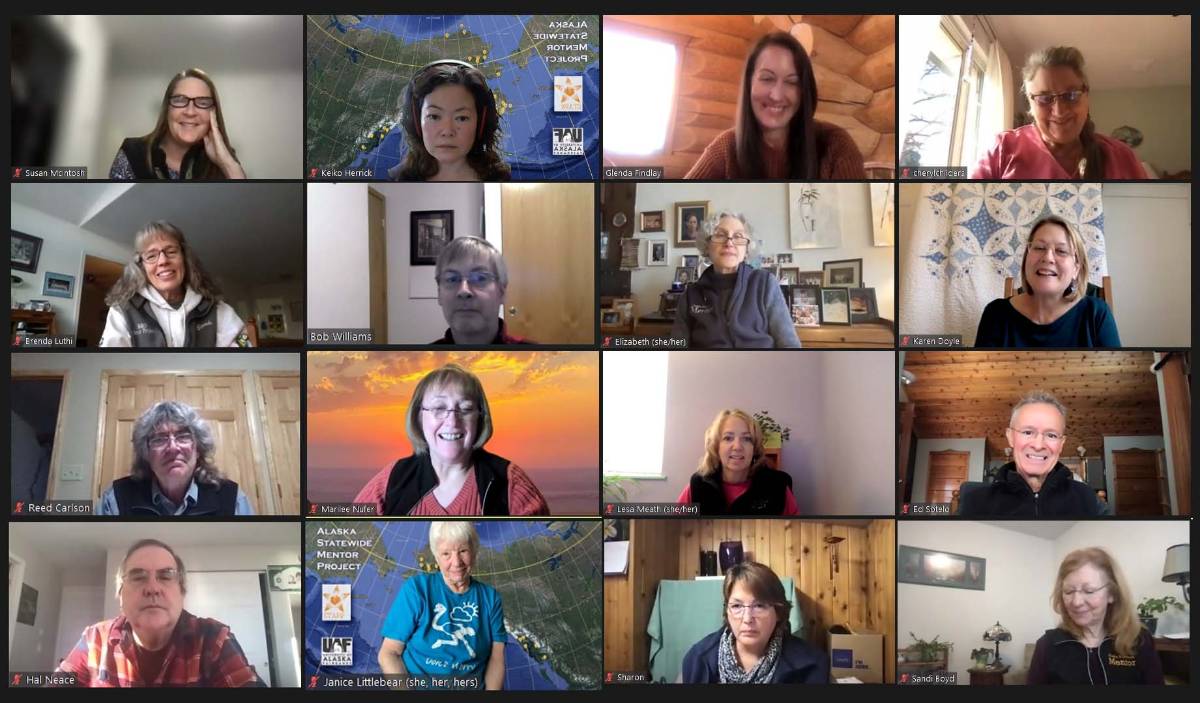
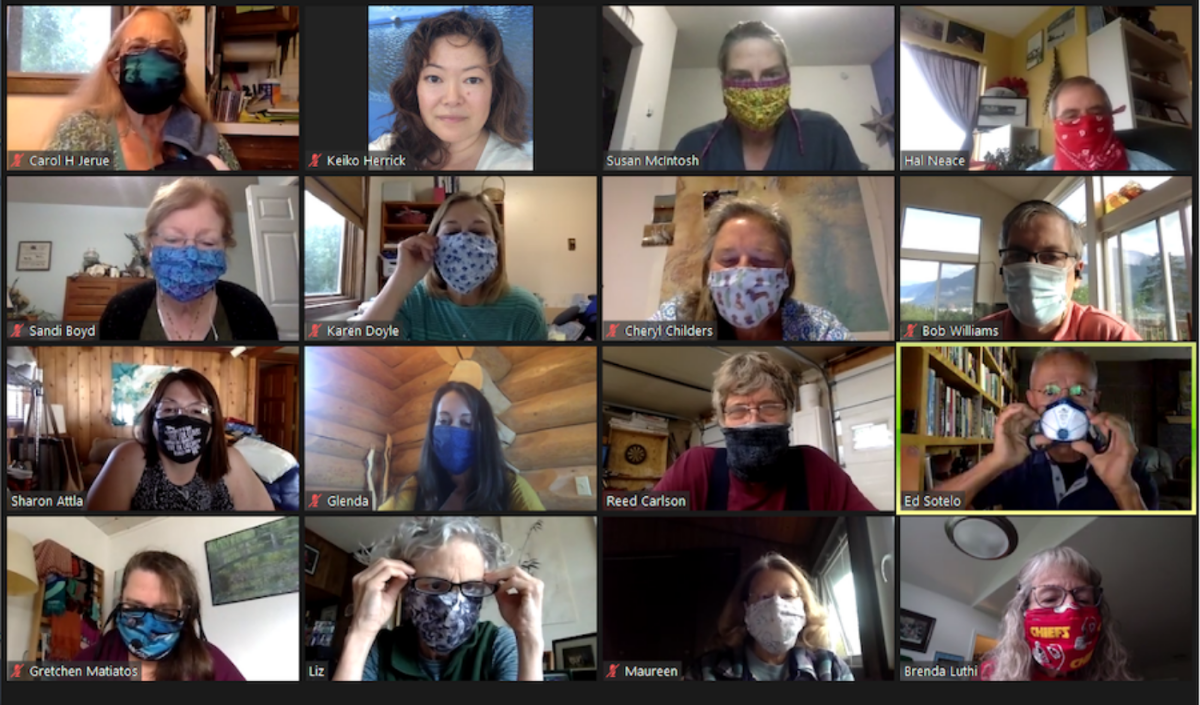
Mentors, Administration and Staff pose for a group Zoom photo for their annual Start Up.
- First row: Carol Jerue, Keiko Herrick, Sue McIntosh, and Hal Neace.
- Second row: Sandi Immel-Boyd, Karen Doyle, Cheryl Childers, and Bob Williams.
- Third row: Sharon Barker Attla, Glenda Findlay, Reed Carlson and Ed Sotelo.
- Fourth row: Gretchen Matiatos, Liz Will, Maureen Petrunic and Brenda Luthi.
- Not pictured: Marilee Nufer
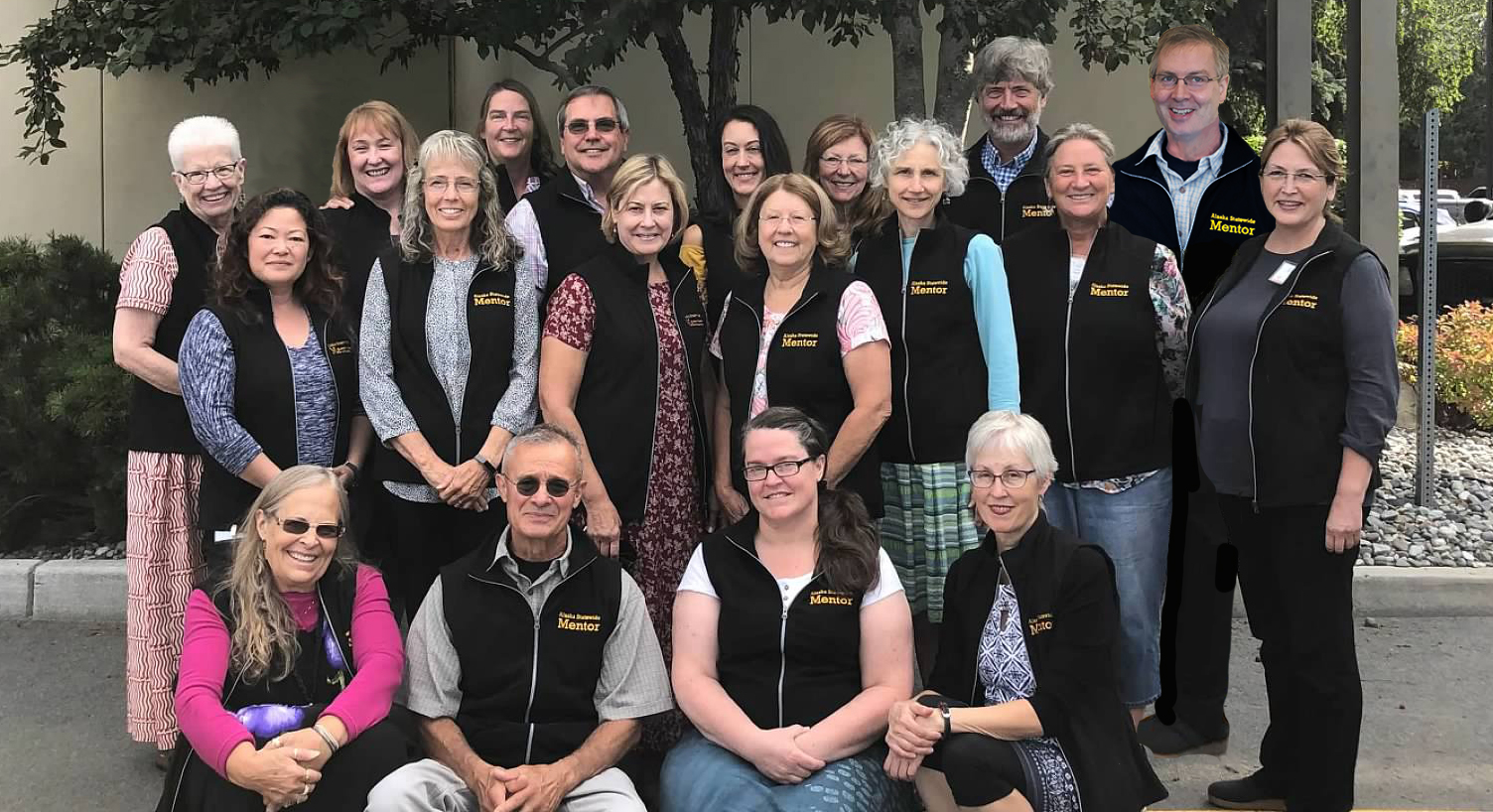
Mentors, Administration and Staff pose for a group photo for their annual Start Up.
- Front-row (left to right): Carol Jerue, Ed Sotelo , Gretchen Matiatos, Lindy Kinn
- Second row: Keiko Herrick, Brenda Luthi, Karen Doyle, Maureen Petrunic, Liz Will, Cheryl Childers, Sharon Barker Attla
- Third row: Jan Littlebear, Marilee Nufer, Sue McIntosh, Hal Neace, Glenda Findlay, Sandi Immel-Boyd, Reed Carlson, Bob Williams
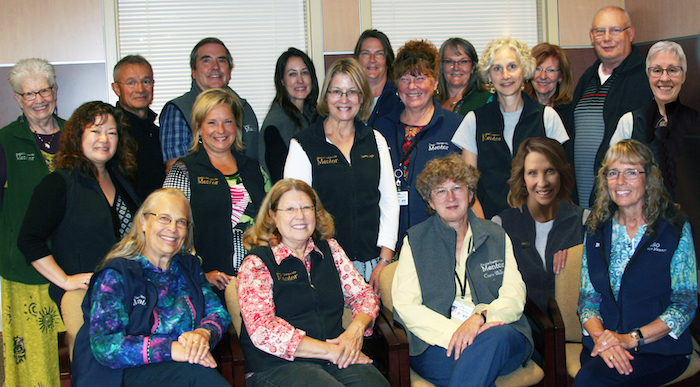
Mentors, Administration and Staff pose for a group photo for their annual Start Up.
- First row (left to right): 15. Carol Jerue 16. Maureen Petrunic 17. Chris Walker 18. Lisa Stuart 19. Brenda Luthi
- Second row: Keiko Herrick, Kellie Pitman, Karen Doyle, Marilyn White, Liz Will, Don Campbell, Lindy Kinn
- Third row: Jan Littlebear, Ed Sotelo, Hal Neace, Glenda Findlay, Sue McIntosh, Linda Frey, Sandi Immel-Boyd

Mentors, Administration and Staff pose for a group photo for their annual Start Up.
- First row (left to right): Jan Littlebear, Brenda Luthi, Shayleen Nadon, Karen Doyle, Carol Jerue, Kellie Pitman, Maureen Petrunic, Ann Ness
- Second row: Lindy Kinn, Marilyn White, Judy Youngquist, Linda Frey, Liz Will, Ed Sotelo
- Third row: UAF SOE Dean Steve Atwater, Charlie Costello, Hal Neace, Sue McIntosh, Sandi Toth, Don Campbell
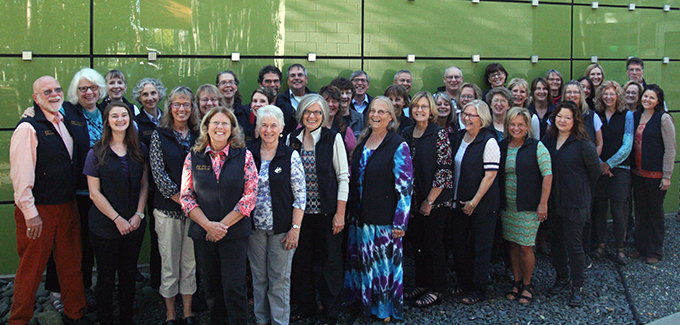
Mentors, Administration and Staff pose for a group photo for their annual Start Up.
- First row (left to right): Maureen Petrunic, Marie Angaiak, Kathleen Wright, Carol Jerue, Karen Doyle, Debbie Hawkins, Kellie Pitman, Keiko Herrick
- Second row: Shayleen Nadon, Brenda Luthi, Cynthia Petrovich, Lisa Stewart, Marilyn White, Lindy Kinn, Judy Youngquist, Marcia Indahl, Chris Walker, Sue McIntosh, Cathé Rhodes, Sandy Toth, Michelle Thomason
- Third row: Woody Wilson, Jan Littlebear, Roxa Hawkins, Liz Will, Laurel Dietz, Todd Carlson, Hal Neace, Ann Ness, Charlie Costello, Ed Sotello, Don Campbell, Kris Selman, Deb McCabe, Linda Frey, Glenda Findlay, Laura Connor, Pat Odin, Steve Atwater
Mentors, Administration and Staff pose for a group photo for their annual Start Up.
- First row (left to right): Marie Angaiak, Kellie Pitman, Debbie Hawkins, Karen Doyle, Carol Jerue, Chris Walker, Maureen Petrunic
- Second row: Keiko Herrick, Roxa Hawkins, Betty Walters, Lisa Stewart, Kathleen Wright, Abby Augustine
- Third row: Beth Hartley, Lindy Kinn, Deb McCabe, Kirstie Willean, Brenda Luthi, Cynthia Petrovich, Pat Odin, Woody Wilson, Trish Johnston
- Fourth row: Sue McIntosh, Glenda Findlay, Jan Littlebear, Sandi Toth, Dave Boyd, Todd Carlson, Hal Neace, Liz Will, Judy Youngquist, Ed Sotelo, Cathé Rhodes, Marilyn White, Ann Ness
- Fifth row: Linda Frey, Laurel Dietz, Don Campbell, Charlie Costello, Craig Baldwin, Steve Atwater
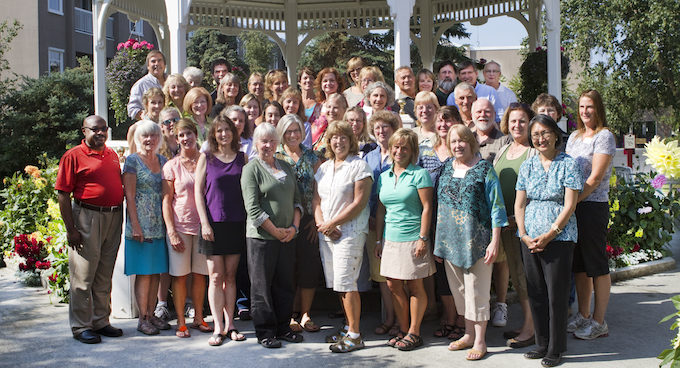
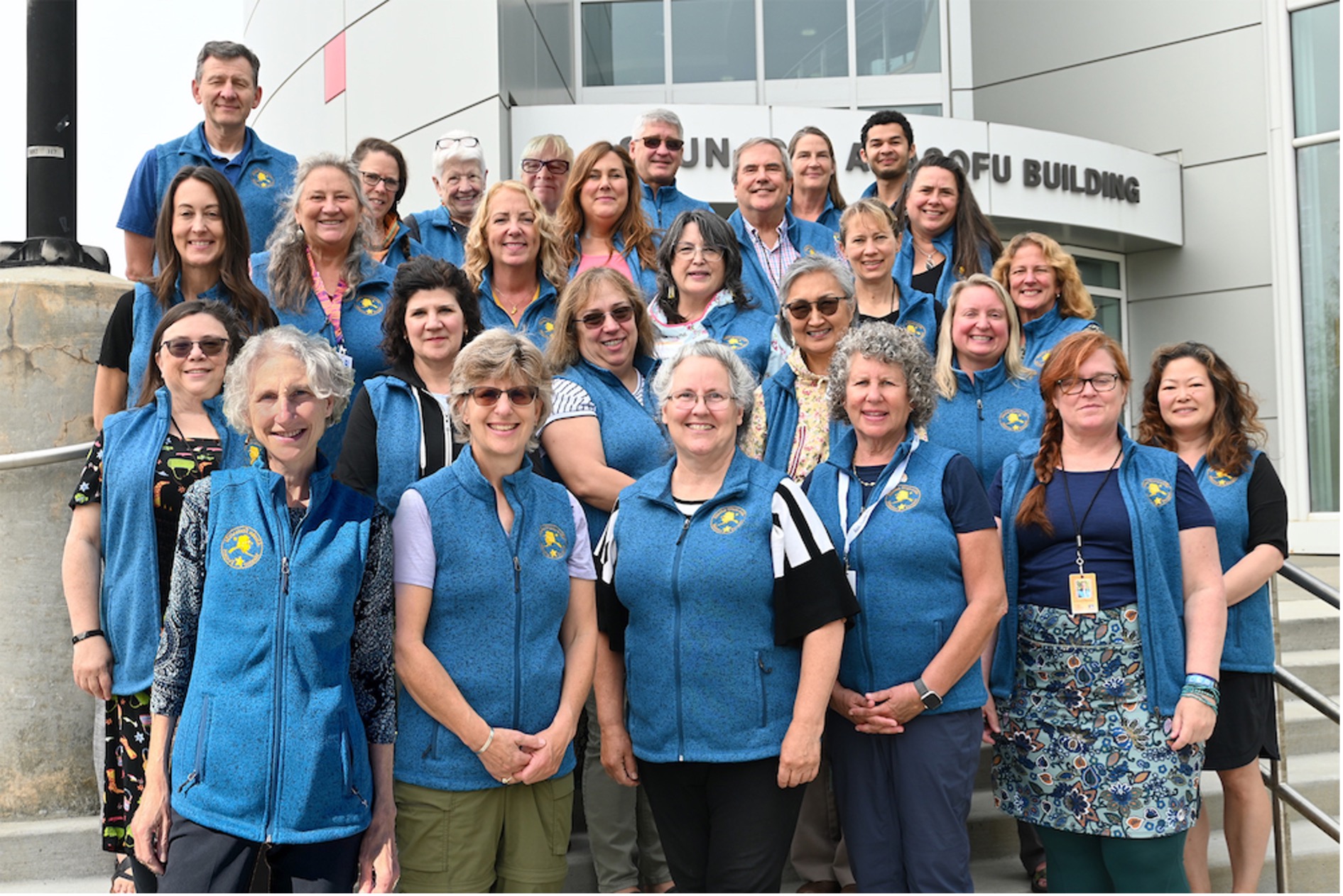
Our role in statewide education
- A hub for teacher development
ASMP operates under the K-12 Outreach division of the University of Alaska Fairbanks School of Education. We collaborate with partners across the state to enhance education quality. - Training teacher leaders
Our mentor-trainers work directly with districts to grow local mentoring teams. We also offer the Early Career Teacher Induction Course (ED 593) through UAF, allowing mentees to earn continuing education credit as they work with mentors.
- Meaningful feedback
“Our mentors and early-career teachers consistently tell us the program makes a real difference for both educators and students,” said Lorrie Scoles, former ASMP director and co-founder. “ASMP is a model for other states, and we’re proud of Alaska’s commitment to teacher support.” - Research-driven results
From the start, ASMP embedded research into its model. A staff researcher tracks program effectiveness and publishes a biennial report, offering data-backed proof that mentoring works.
ASMP plays a vital role in strengthening Alaska’s school systems through mentorship, leadership development, and a commitment to educational equity. We envision deeper integration with the University of Alaska system and continued collaboration with schools across the state to elevate the teaching profession and improve student outcomes.


